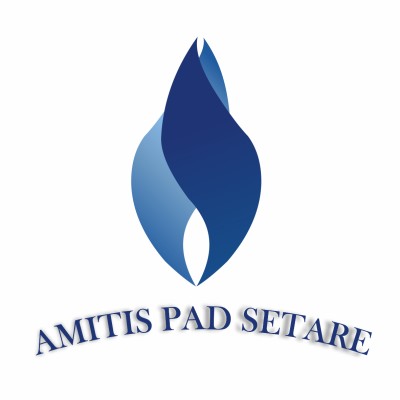Measuring the amount of torsional anchor of the cutting blade, which is driven into the soil with certain dimensions and made to rotate at a known constant speed, to calculate the undrained adhesion of soil deposits, especially very sticky sticky soils, is called cutting blade test.
The blade cutting test
The first use of a blade cutting device was done by John Olsen (1918) in Sweden. But the wide and acceptable use of this device did not take place until after the additional work of the Royal Swedish Geotechnics Initiative was done between 1947 and 1949 regarding this experiment, and then the results were reported by Kadling and Odinstand in 1950. In the same period, Skempton (1948) also evaluated and reported the results of the vane cutting test. Since then, vane testing has been increasingly used in most parts of the world. ASTM D 2573 has standardized the in-situ vane shear test and ASTM 4648-87 has standardized the laboratory miniaturized vane shear test.
How to conduct the test
For the test, the blade is first inserted into the soil. Then, a torsional moment is applied at the top of the rod so that the blade rotates at a constant speed. A soil cylinder of height h and diameter d will resist the torsional moment until the soil ruptures. Now the undrained cohesion of the soil can be calculated. In this way, if T is the maximum torsional moment applied to the top of the torsion bar to cause rupture, its value should be equal to the sum of the shearing force resisting anchor along the side surface of the soil cylinder (Ms) and the shearing force resisting anchor at the top and bottom of the soil cylinder (Me ) be .
Points related to the test during execution
Check that the type of soil under test is sticky and suitable for determining the shear strength by the shear blade. (Very sandy or brittle soils are not suitable for this test)
Both the head of the vane and the blade of the vane should be clean and dry, and the indicator can move freely and not get stuck in any situation.
Check that The blade and blade rod should fit together and are not bent or damaged.
Keep the cutting blade vertical to the soil surface and push the blade into the soil to a depth of at least twice the length of the blade. Often, 70 to 80 mm is enough to make a cut on the vertical edges of the blade, without moving the soil surface in an intact state. The digging depth of the blade should not be greater than the length of the rod of the blade. Keep the blade head in one or two hands. Clean the indicator and rotate it very slowly and evenly.
When the soil is sheared, the applied torque force is recorded by the indicator.
When the soil reaches its maximum shear strength and is completely broken, the pointer The indicator does not move anymore and in this case the test is finished.

| Company | آمیتیس پاد ستاره |
|---|---|
| Tel | +98 21-3×××0206 |
| Mobile | +98 930×××9631 |
| Whatsapp link | |
| Instagram page | |
| Website | http://www.amitispadstar.com |
| Country | Iran |
| Province | Tehran |
| Address | تهران،بزرگراه امام رضا، بعد از گردنه تنباکویی(3راه سیمان)،جنب پمپ بنزین 168 امام رضا، مجتمع عقیق رضا، پلاک 41 |
| Postal code | 1789911981 |